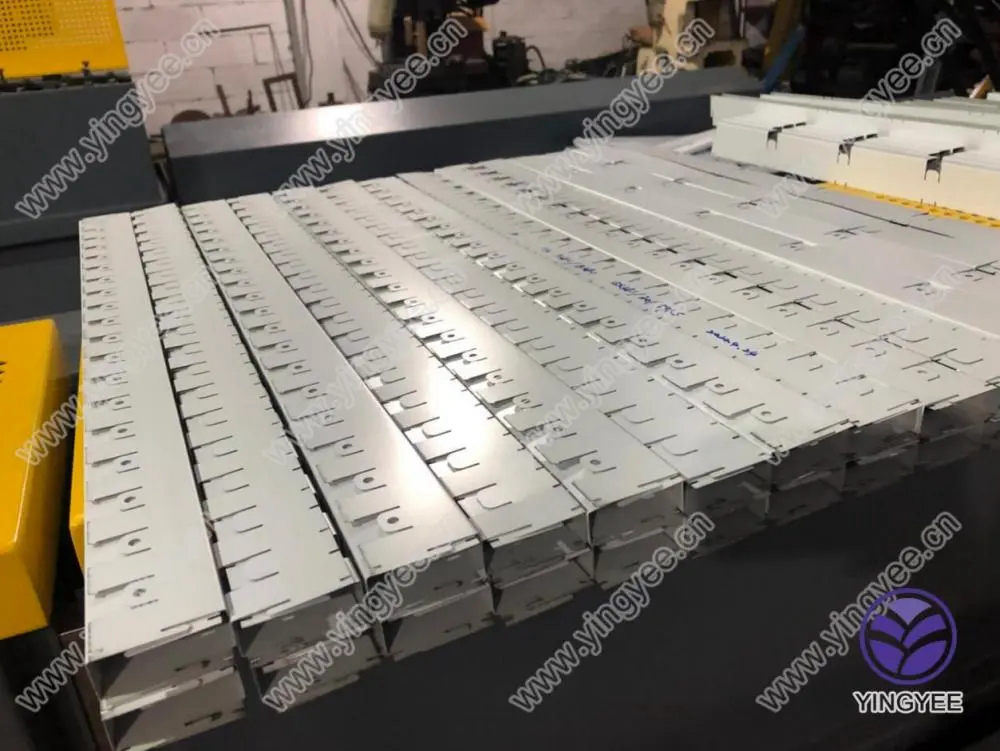
The Shearing Machine A Key Tool in Manufacturing
In the realm of manufacturing and metalworking, efficiency and precision are paramount. Among the various tools that facilitate these qualities, the shearing machine stands out as an essential piece of equipment. Designed to cut or shear material into desired shapes and sizes with minimal waste and maximum accuracy, the shearing machine plays a critical role in various industries, including automotive, construction, and fabrication.
What is a Shearing Machine?
A shearing machine, also known as a shear, is a mechanical device that uses a sharp blade to cut flat sheets of material, such as metal, plastic, or paper. The fundamental principle of shearing involves applying a significant force to the material to overcome its internal resistance, allowing it to be separated into two pieces without the formation of shavings or scrap. This makes shearing an efficient method for producing clean cuts.
Shearing machines come in various forms, including manual, hydraulic, and electric models. The choice of machine often depends on the scale of production, the type of material being cut, and the required precision. Hydraulic shears, for example, are commonly used in heavy-duty applications due to their ability to cut through thicker materials with ease.
Key Advantages of Shearing Machines
One of the primary advantages of using a shearing machine is the speed at which it can operate. Unlike other cutting methods, such as sawing, which can be time-consuming and labor-intensive, shearing machines can achieve high throughput rates. This efficiency is particularly valuable in industrial settings where time is a crucial factor.

Another benefit of shearing machines is their accuracy. With the right adjustments and settings, these machines can produce cuts that are consistently precise, reducing the need for additional rework or finishing. This aspect is critical in industries where tolerances are tight, and any deviation can lead to significant issues later in the manufacturing process.
Additionally, shearing machines minimize material waste. The cutting process is designed to create minimal off-cuts, meaning that manufacturers can maximize their raw material usage. This not only saves costs but also aligns with modern practices of sustainability and environmental responsibility.
Applications of Shearing Machines
Shearing machines find application in a broad spectrum of industries. In the automotive sector, for instance, they are employed to cut sheet metal for body panels, frame components, and other critical parts. The construction industry also relies on shearing machines for fabricating metal structures, ensuring that materials are cut to exact specifications for various construction projects.
Furthermore, the fabrication industry utilizes shearing machines for producing custom parts. Whether for machinery, tools, or decorative elements, the ability to accurately cut materials to specific dimensions is invaluable.
Conclusion
In summary, shearing machines are indispensable tools in modern manufacturing, contributing significantly to efficiency, accuracy, and material conservation. As industries continue to advance and evolve, the role of shearing machines will likely expand, incorporating new technologies and processes to enhance their performance. For businesses aiming to remain competitive in a fast-paced market, investing in high-quality shearing machines is not just a choice; it’s a necessity. With continuous improvements in design and engineering, these machines will undoubtedly play an even more central role in shaping the future of manufacturing and production.